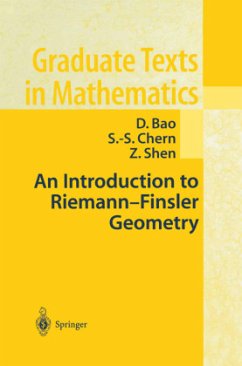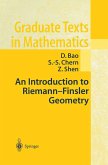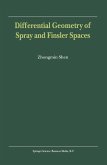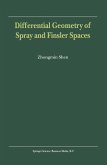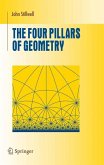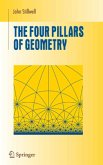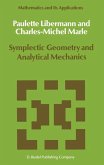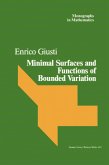In Riemannian geometry, measurements are made with both yardsticks and protractors. These tools are represented by a family of inner-products. In Riemann-Finsler geometry (or Finsler geometry for short), one is in principle equipped with only a family of Minkowski norms. So ardsticks are assigned but protractors are not. With such a limited tool kit, it is natural to wonder just how much geometry one can uncover and describe?
It now appears that there is a reasonable answer. Finsler geometry encompasses a solid repertoire of rigidity and comparison theorems, most of them founded upon a fruitful analogue of the sectional curvature. There is also a bewildering array of explicit examples, illustrating many phenomena which admit only Finslerian interpretations. This book focuses on the elementary but essential items among these results. Much thought has gone into making the account a teachable one.
It now appears that there is a reasonable answer. Finsler geometry encompasses a solid repertoire of rigidity and comparison theorems, most of them founded upon a fruitful analogue of the sectional curvature. There is also a bewildering array of explicit examples, illustrating many phenomena which admit only Finslerian interpretations. This book focuses on the elementary but essential items among these results. Much thought has gone into making the account a teachable one.

